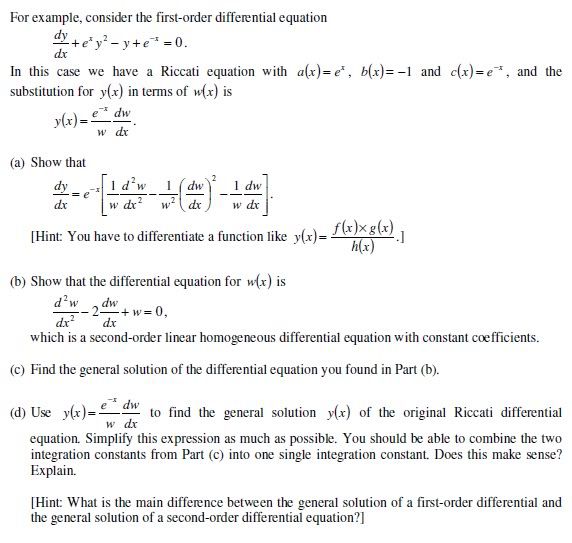Corpsecreate
Smash Lord
LOL your absolutely right. Such a stupid error on my part. Thanks for pointing that out.I think the third line of your dual should read:
y1 + 2y2 - 2y3 + y4 >= 4
Welcome to Smashboards, the world's largest Super Smash Brothers community! Over 250,000 Smash Bros. fans from around the world have come to discuss these great games in over 19 million posts!
You are currently viewing our boards as a visitor. Click here to sign up right now and start on your path in the Smash community!
LOL your absolutely right. Such a stupid error on my part. Thanks for pointing that out.I think the third line of your dual should read:
y1 + 2y2 - 2y3 + y4 >= 4

You got it spot on :D I was guessing that the answer was 1+sqrt2, but I wasn't sure, and I didn't really know how to explain it haha. Thanks again!T-block is Kami
Triangle? Lol but thanks for the input anyway.triangle

The form of a geometric progression is:Say I have a geometric sequence/progression.
If the 1st and 4th numbers are given, how do I find the common ratio?

Dead serious, this is how I remember things, and my memory is very good, maybe give it a tryI have to memorize twenty trig identities by Tuesday. Any advice on where to start?

 Ive used it to memorize acronyms, countries, formulas, speeches, pretty much everything.
Ive used it to memorize acronyms, countries, formulas, speeches, pretty much everything.Law of sines say that these ratios are equal to each other:anyone have a good mnemonic for Law of Cosines/Law of Sines? Or do I just have to memorize the old-fashioned way(s)?

My mistake. (sin(A)/a) = (sin(B)/b) = (sin(C)/c)aren't you supposed to put the length of the sides outside the parentheses?
I don't remember the sec^2 = 1 + tan^2 one off the top of my head (I forgot which side the +1 goes on), but I know you can get it from sin^2 + cos^2 = 1 and just divide both sides by cos^2. You can get the one below it similarly by dividing through by sin. So those are just versions of sin^2 + cos^2 = 1.@Browny
I don't think that's necessary. Just remember:
tan = sin/cos
cot = 1/tan
sec = 1/cos
csc = 1/sin
sin^2 + cos^2 = 1
tan^2 + 1 = sec^2
cot^2 + 1 = csc^2
You won't have to remember any other formulas. You'll just have to solve an equation to get it.
You should be able to generate a simultaneous equations with two unknowns and then you can solve it for t and s.need a little help for vectors ^^
L1 : (3,4)+t(5,6)
L2: (-2,3)+s(2,7)
At what point do these lines intersect at?
